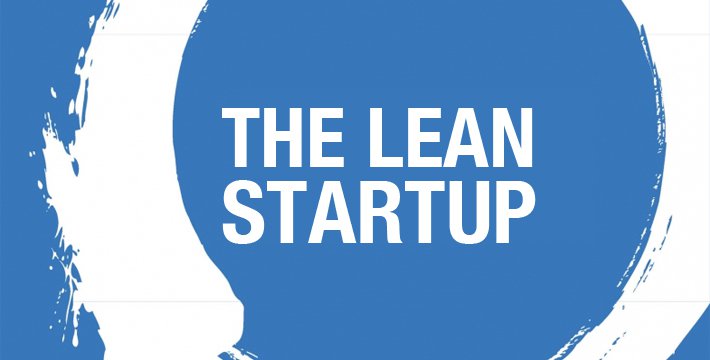It's a new year and while we are launching our new membership site–B16.co–to help you become a better entrepreneur and business owner. The single best decision I made last year was for our team to use Basecamp as our project management tool.
So what is Basecamp?
Simply defined, Basecamp is a project management tool that helps to organize projects. As their site says, “Trusted by millions, Basecamp puts everything you need to get work done in one place. It's the calm, organized way to manage projects, work with clients, and communicate company-wide”
What did I need help with?
As we grew to 100+ projects, way too many things were stuck in my e-mail. There was either a delay because I was going to meetings throughout the day and didn't get a chance to respond. Time was very important especially because contractors would work at certain hours and the information needed to be in one place for everyone on the team. I didn't want to give my e-mail address credentials to everyone. Team members had regular plugins and files that they needed access too and I didn't want to have to send the plugin every single time (especially when I was going to meetings throughout the day. Especially for clients that had various services (e.g. SEO which includes link building, blogging, social media, etc) there were moving parts and we needed our entire team on one page.
How do we use Basecamp?
Basecamp has been huge for us. Initially we used Asana which was great because it helped us to organize projects but something was still missing and switching to Basecamp has taken us to another level. Because we are a digital marketing company that provides hosting, website design, social media and SEO services, we have clients that we are providing various services. Each team member does something different and needs to be involved in different projects. Before, everything was depending upon me.
Here are some of the things that we use Basecamp for:
(1) Clientside: Literally everything would come through my inbox and it was upon me to forward e-mails and correspondence. That was unsustainable. Literally the most attractive thing we leverage as a team is the Clientside of Basecamp. As robust as the “team” side is, the ability for the entire team to see updates from the Clientside has been huge. While we still use a support ticket system, we still use Basecamp to keep track of everything that we do for clients. It's our hub.
(2) Keeping track of all projects: We have our basecamp organized according to services–web hosting, premium web hosting are all put into basecamp. We even use project initiation documents to organize our projects.
(3) Internal team only correspondence: Because there are unlimited “basecamps” or projects, we have internal projects where we have plugins or anything that is available to any of our team. For each basecamp, you can add any team member you want to each basecamp (e.g. our podcast are edited by Sarah and she is the only one that has access to that Basecamp or project).
(4) Templates: This is where the magic happens. Every service that we have has a step-by-step process that we take. One of the reasons we are a web design (specifically WordPress) company first is because out of our services that is the most “predictable.” So when we start a project with a client, literally each step of the process is already outlined as tasks when we create our Basecamp. It's been a game changer.
How has it helped our business?
There are many benefits to using Basecamp but the sheer time saving has been the biggest thing. Also, being able to reduce the amount of e-mails that I received from team members (8 plus) and then all of our different clients that needed different things at different times (e.g. a logo change, a dropbox link with photos, transfer to premium hosting, etc.)
That's just the tip of the iceberg, there were so many other things that we use basecamp for and even functionality that we don't use presently.




















![Speaking about How to Increase Your Local Visibility [VLOG]](https://storage.googleapis.com/stateless-ceoblognation-com/sites/39/2020/04/Screenshot-2020-04-30-16.02.29.png)
![Speaking about How to Increase Your Local Visibility [VLOG]](https://storage.googleapis.com/stateless-ceoblognation-com/sites/39/2020/04/Screenshot-2020-04-30-16.01.51.png)

![Business Hack: How Basecamp Helped Us Change Our Business [B16]](https://storage.googleapis.com/stateless-ceoblognation-com/sites/39/2018/01/social-image-general-993b70c7451f34ecb6c0d95fe182145ce172e101f8a920bc2118dc4603330843.png)


![Business Hack: Why I Switched to Acuity [B16.co]](https://storage.googleapis.com/stateless-ceoblognation-com/sites/39/2018/10/logo_bluebkgrd.png)
![Business Hack: Use Boomerang to Schedule E-mails in the Future [B16]](https://storage.googleapis.com/stateless-ceoblognation-com/sites/39/2017/12/boomerang.png)

![You Are a Real Estate Media Company [SPEAKING]](https://storage.googleapis.com/stateless-ceoblognation-com/sites/39/2018/01/29749553_1522769911154760_8420065107758795444_o-2.jpg)





 |
|